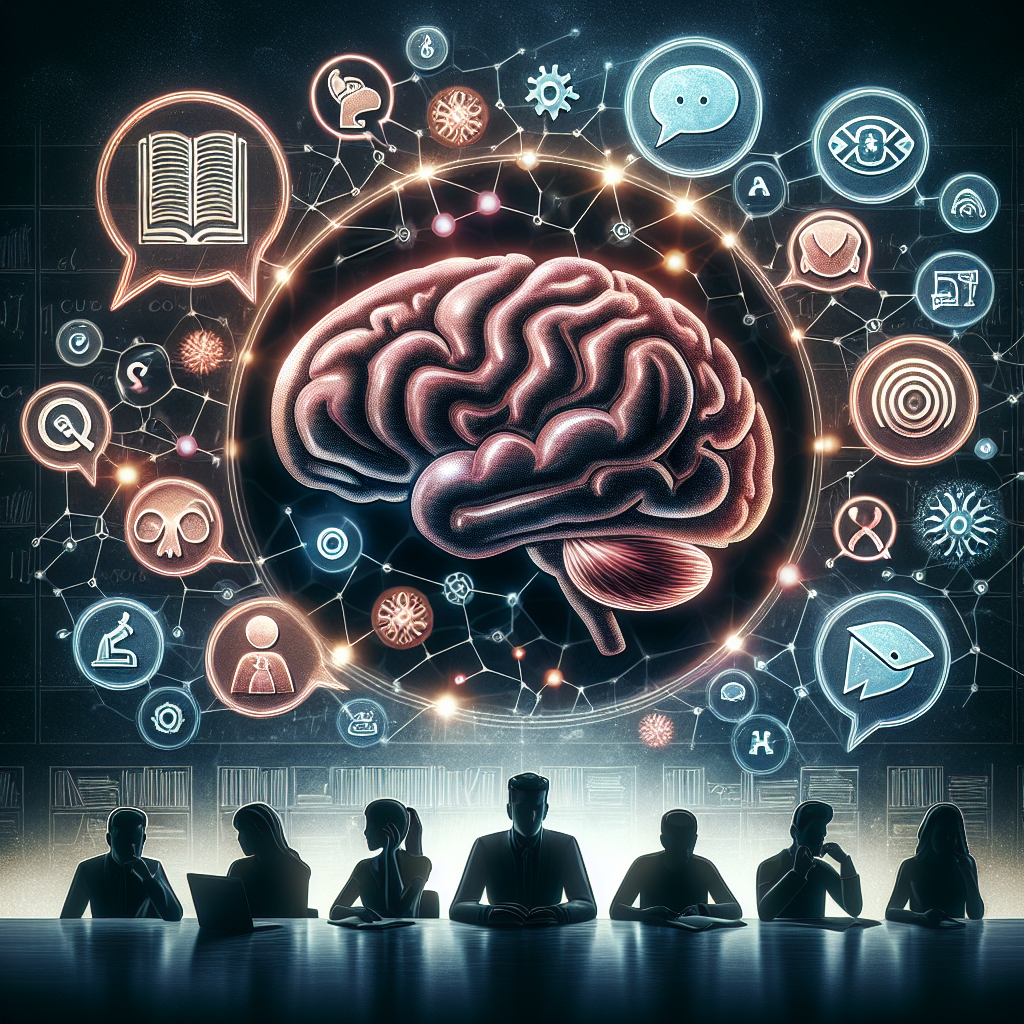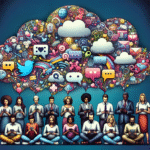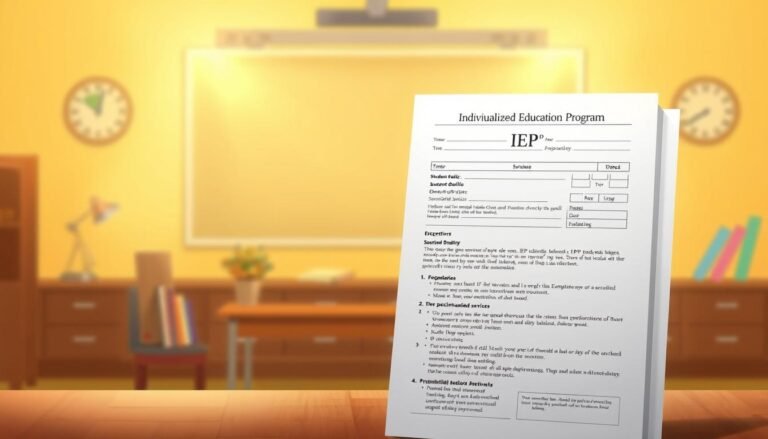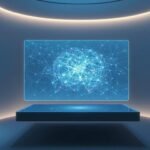
The Science Behind Learning Disabilities and Speech Disorders: Insights from Experts
Introduction
Imagine a world where every child can communicate effectively and learn without barriers. While this vision is shared by many, the reality for children facing learning disabilities and speech disorders often tells a different story. According to the National Center for Learning Disabilities, about 1 in 5 children in the U.S. has a learning disability, while speech disorders affect nearly 8% of children, making it crucial to understand "The Science Behind Learning Disabilities and Speech Disorders: Insights from Experts." This article dives deep into the complexities of these challenges, offering an informed perspective that can empower educators, parents, and students alike.
Understanding Learning Disabilities
What Are Learning Disabilities?
Learning disabilities (LD) refer to a range of disorders affecting the brain’s ability to receive, process, or communicate information. These disabilities can manifest in various forms—dyslexia affects reading skills, dyscalculia impacts mathematical abilities, and dysgraphia interferes with writing.
Neurological Basis of Learning Disabilities
Research indicates that LD often arises from differences in brain structure and function. Neuroimaging studies, such as those using fMRI, have shown that individuals with dyslexia display less activation in the left temporo-parietal region, crucial for decoding written words.
Case Study: The Impact of Early Interventions
Take the case of a third grader named Emily, diagnosed with dyslexia. Following an early intervention program that utilized structured literacy instruction, her reading comprehension improved significantly over six months. Emily’s story exemplifies how understanding the science behind learning disabilities can lead to effective interventions that produce real outcomes.
| Type of Learning Disability | Characteristics | Effective Interventions |
|---|---|---|
| Dyslexia | Difficulty reading accurately or fluently | Phonics-based instruction |
| Dyscalculia | Trouble understanding numbers and math concepts | Visual aids and manipulatives |
| Dysgraphia | Difficulty with handwriting and organizing thoughts | Technology-based solutions |
The Mechanics of Speech Disorders
What Are Speech Disorders?
Speech disorders can be broadly categorized into articulation disorders, fluency disorders, voice disorders, and resonance disorders. These impairments may hinder a child’s ability to express themselves clearly, leading to frustration and reduced confidence.
Biology of Speech Production
Speech disorders often stem from neurological conditions affecting the brain areas responsible for speech, such as Broca’s area. According to experts, developmental factors such as age, environment, and genetics play a critical role in speech development.
Case Study: A Journey Through Autism
Consider Jonathan, an autistic child who faced profound speech delays. Using Augmentative and Alternative Communication (AAC) tools, his expressive capabilities expanded significantly. This case illustrates how tailored approaches informed by expert insights can empower children with speech challenges.
Bridging Learning Disabilities and Speech Disorders
Common Underlying Factors
Recent studies suggest a strong correlation between learning disabilities and speech disorders. For instance, children with communication difficulties often struggle academically, indicating that early intervention in speech could mitigate learning disabilities.
The Role of Multi-Disciplinary Teams
Experts recommend the implementation of multi-disciplinary teams that include speech therapists, special educators, and psychologists. These professionals can create a holistic approach to treatment, addressing both learning and communication issues simultaneously.
Case Study: Team-Based Intervention in School
In a New York elementary school, a multi-disciplinary team worked with a student named Sarah, who exhibited both speech and learning disabilities. Their coordinated efforts led to improved academic performance and enhanced social skills. This scenario illustrates the importance of collaboration and shared expertise in addressing complex disabilities.
Effective Strategies and Interventions
Classroom Accommodations
Accommodations, such as extended time on tests or access to audio books, can significantly benefit students with learning disabilities.
| Accommodation | Description |
|---|---|
| Extended Time | Additional time for completing assignments/tests |
| Alternate Formats | Use of audiobooks for students with reading issues |
| Assistive Technology | Text-to-speech software, graphic organizers |
Speech Therapy Techniques
Speech therapy techniques, including articulation drills and listening exercises, can enhance communication skills.
Case Study: The Power of Positive Reinforcement
Mark, a preschool student with a speech sound disorder, made considerable progress following the implementation of positive reinforcement strategies by his speech therapist. Each small victory was celebrated, leading to increased motivation and faster improvement in speech clarity.
The Family’s Role in Support
Building a Supportive Home Environment
Families play an essential role in fostering an environment conducive to learning and communication. Parents are encouraged to engage in reading at home, practice speech exercises, and celebrate progress, no matter how small.
Collaborative Approaches
Collaboration between home and school is vital for continuity in intervention strategies. Regular communication between teachers and parents can ensure that tailored strategies resonate in both environments.
Future Directions in Research and Intervention
Emerging Technologies
Advancements in technology offer exciting prospects for improving interventions for learning disabilities and speech disorders. Apps that focus on phonics or articulation, for example, can make learning more engaging and personalized.
Genetic and Neurological Research
Ongoing research into the genetic and neurological underpinnings of these disabilities promises to enhance diagnostic methods and lead to more targeted interventions.
Conclusion
Understanding "The Science Behind Learning Disabilities and Speech Disorders: Insights from Experts" is foundational for creating effective support systems. By merging scientific insights with practical interventions, we can pave the way for a more inclusive future where every child has the opportunity to thrive academically and socially. It is essential to recognize that, with the right tools and approaches, success is not just a possibility but an expectation.
FAQs
1. What are the signs of learning disabilities?
Signs can include difficulties with reading, writing, or math, trouble following instructions, and difficulties with time management.
2. Are learning disabilities inherited?
Genetics can play a role, but environmental factors and the absence of early intervention can also impact development.
3. At what age can a speech disorder be identified?
Speech disorders can often be identified in early childhood; however, some may go unnoticed until school-age when academic pressures increase.
4. How long does speech therapy typically take to show results?
The timeline varies based on individual factors. Some children may see improvement within months, while others may require years of ongoing support.
5. Can learning disabilities be outgrown?
While many individuals develop coping strategies, learning disabilities are often lifelong conditions requiring sustained support.
6. What role do schools play in supporting children with disabilities?
Schools play a crucial role by providing individualized education plans (IEPs), accommodating learning needs, and collaborating with families to ensure support.
This article aimed to provide a rich, comprehensive exploration of "The Science Behind Learning Disabilities and Speech Disorders: Insights from Experts." By embedding research, case studies, and actionable insights, readers are equipped with the knowledge to contribute meaningfully to the dialogue around these critical issues, fostering a more inclusive society.
















